Your cart is currently empty!
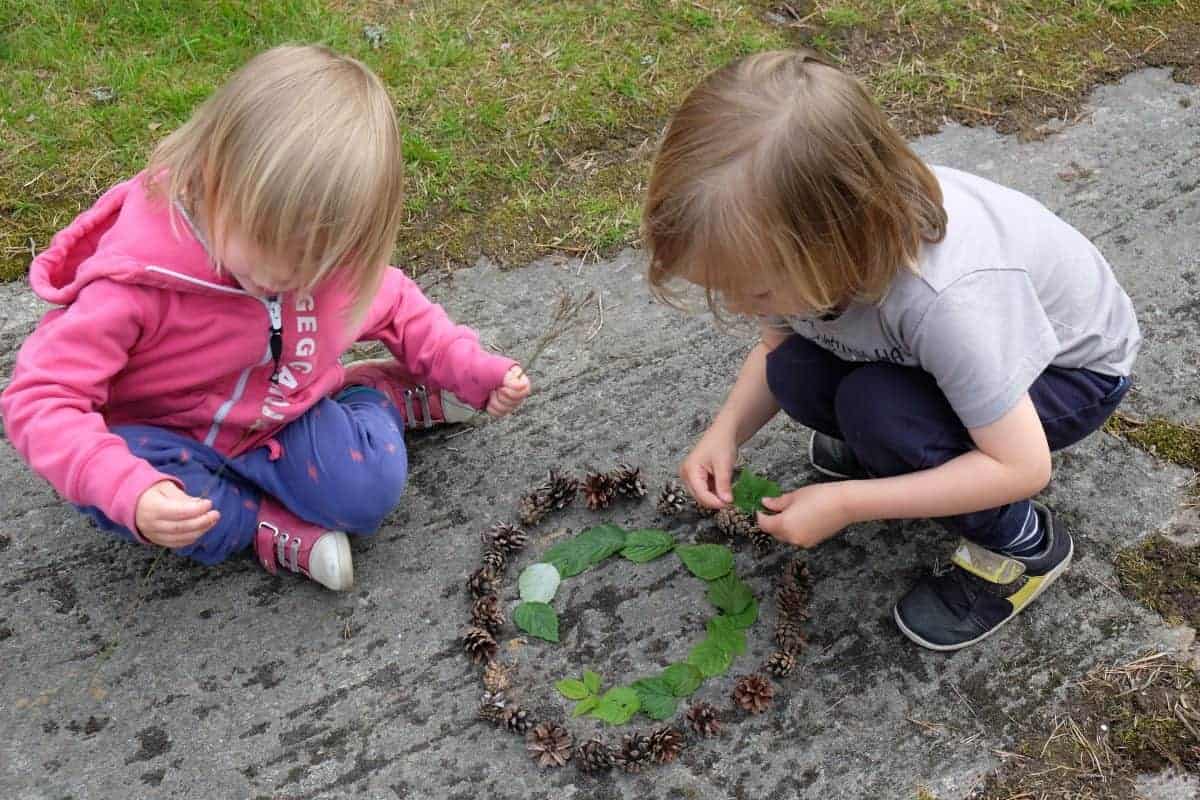
Making Mandalas in Nature with Kids
I’m so excited to bring you a post today all about making mandalas in nature with kids, submitted by the amazing Doria Lotan. She was born and raised in New York and currently lives in Sweden where she and her husband are “unschooling” their three kids. She has a degree in Philosophy and works as a content writer for a living. You can find her on Instagram (@heartledadventures) and follow along her parenting journey.
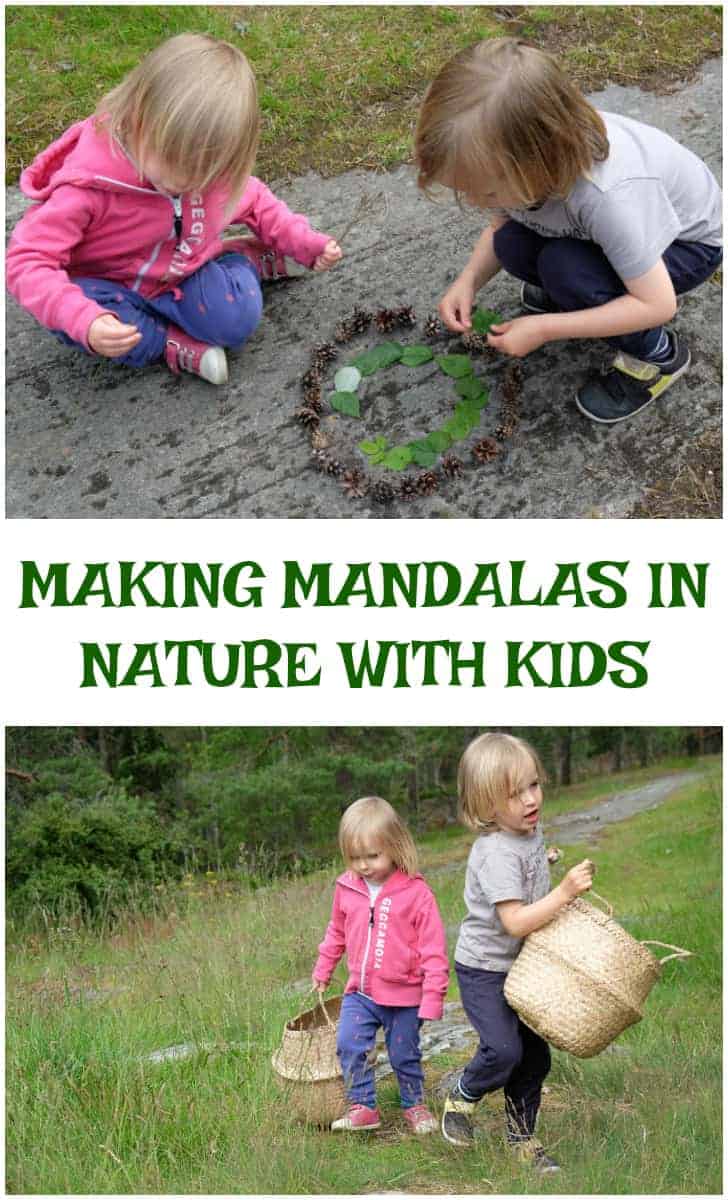
Fostering a love for nature
The transition from being a couple with no children to parents of three within four years has had and continues to have a profound impact on our lives. After all, before you become a parent, the idea of having one child is hard enough to fully conceptualize, let alone the idea of suddenly being responsible for three. And while it certainly wasn’t our plan to have this many kids in so short a time, our children motivate us every day to try and be the best people we can be and for that we are eternally grateful.
Since our love for nature, hiking and traveling is what initially brought us together as a couple ten years ago, it makes total sense that those same things continue to shape our lives and approach to parenting today. By being in nature as much as possible, we have found a way to offer our children an authentic, first-hand experience of what it is like to be a kind, respectful and loving human being, all of which nature inspires us to be.
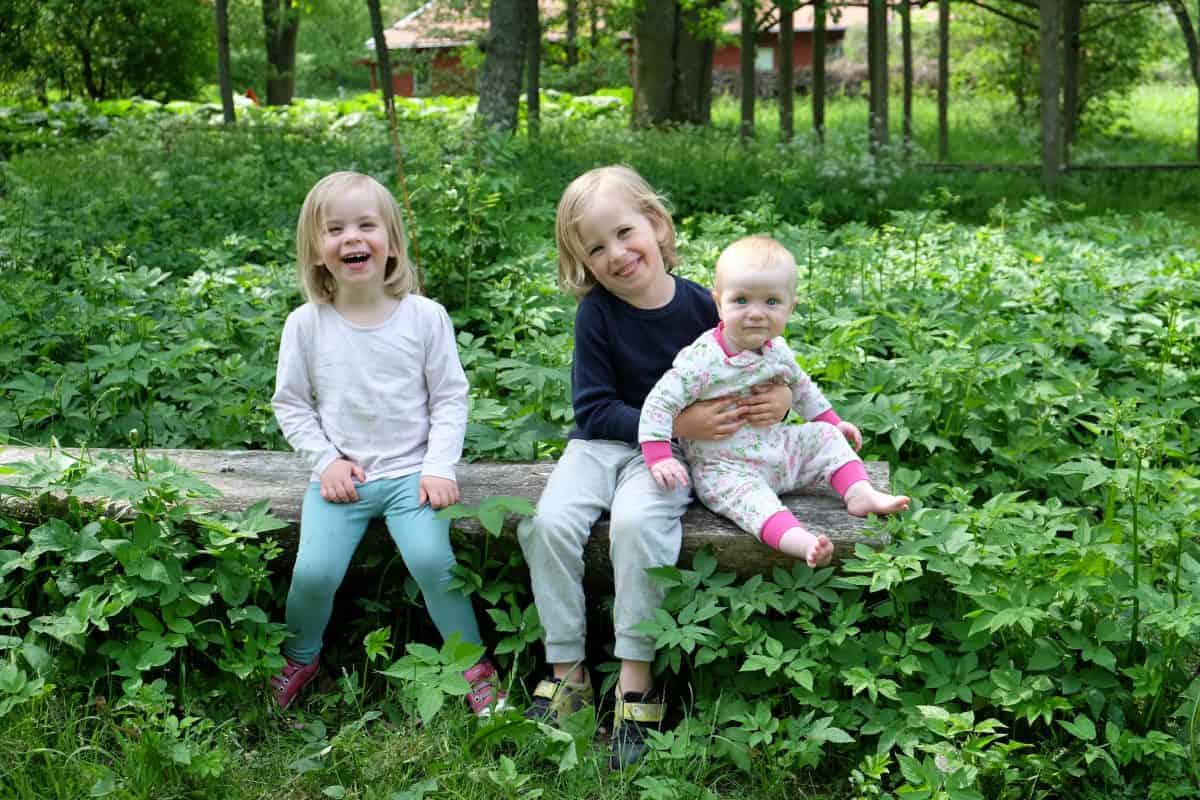
With our children still very young, River 4, India 2.5 and Ocean 9 months old, we feel it is extremely useful to have an activity planned for our outdoor excursions. And while we are still able to take the occasional longer hike in the Swedish wilderness close by, for now, the most important thing isn’t how long we are out but that we get out, get dirty and get wild as often as possible.
Our go to activity for everyday outdoor fun is inspired by the Eastern tradition of creating mandalas. In its simplest form, a mandala is a circular structure with a design that radiates out symmetrically from the center. You can find natural mandalas in flowers, tree rings, the sun, eyes, snowflakes, spider webs, sea shells, seeds, fruits and more. There is no right or wrong way to make one which is why it is such a wonderful way to engage children to make their own mandalas using items they find in nature.
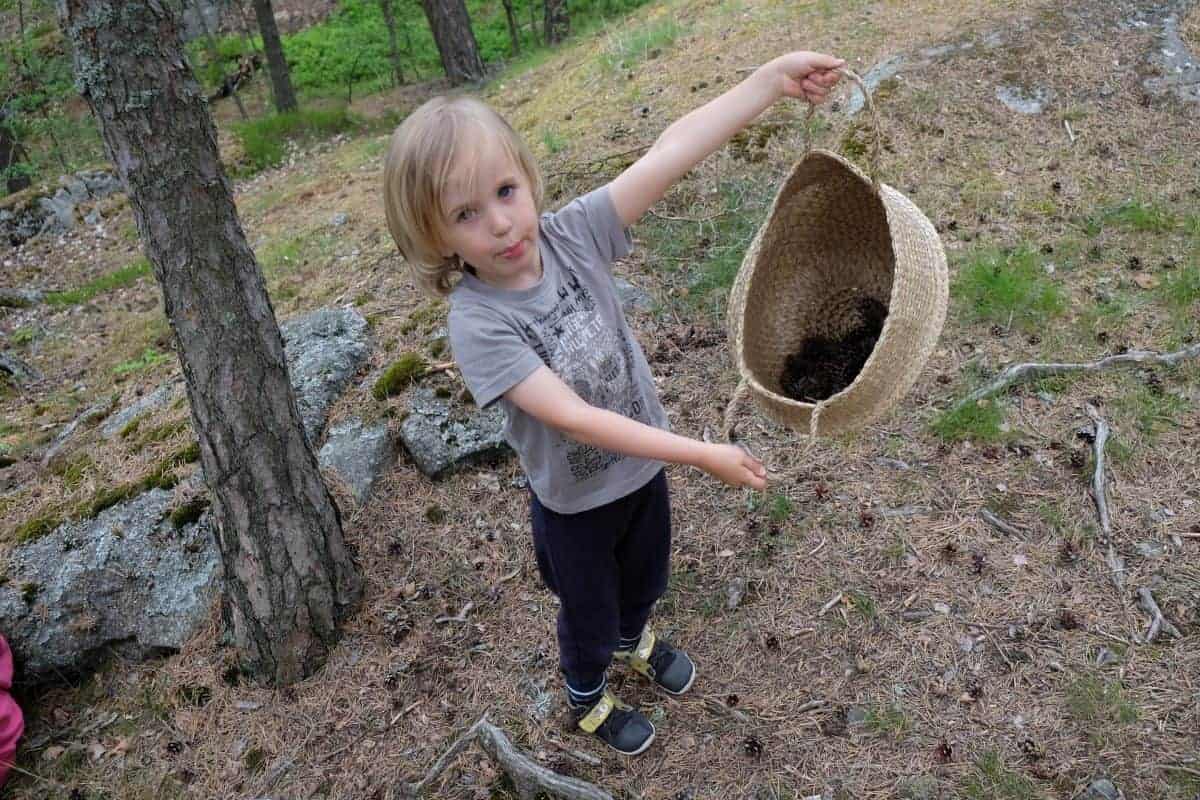
Inspiring creativity and independence
Creatively, mandalas offer children the perfect balance between structure and free play. Interestingly enough, the mandala is usually the first identifiable form that toddlers start drawing as they move from scribbles to more realistic drawing. This first mandala artwork usually progresses to drawings and paintings of faces, suns, people, and animals.
What we love most about making our own mandalas in nature is that it doesn’t require any tools, relies on nature as a source of materials, is appropriate for all ages and is fun, creative and educational. Creating mandalas is a delightful, beautiful and easy activity that you can do almost anywhere and at any time. All you need is a small collection of materials and an imagination.
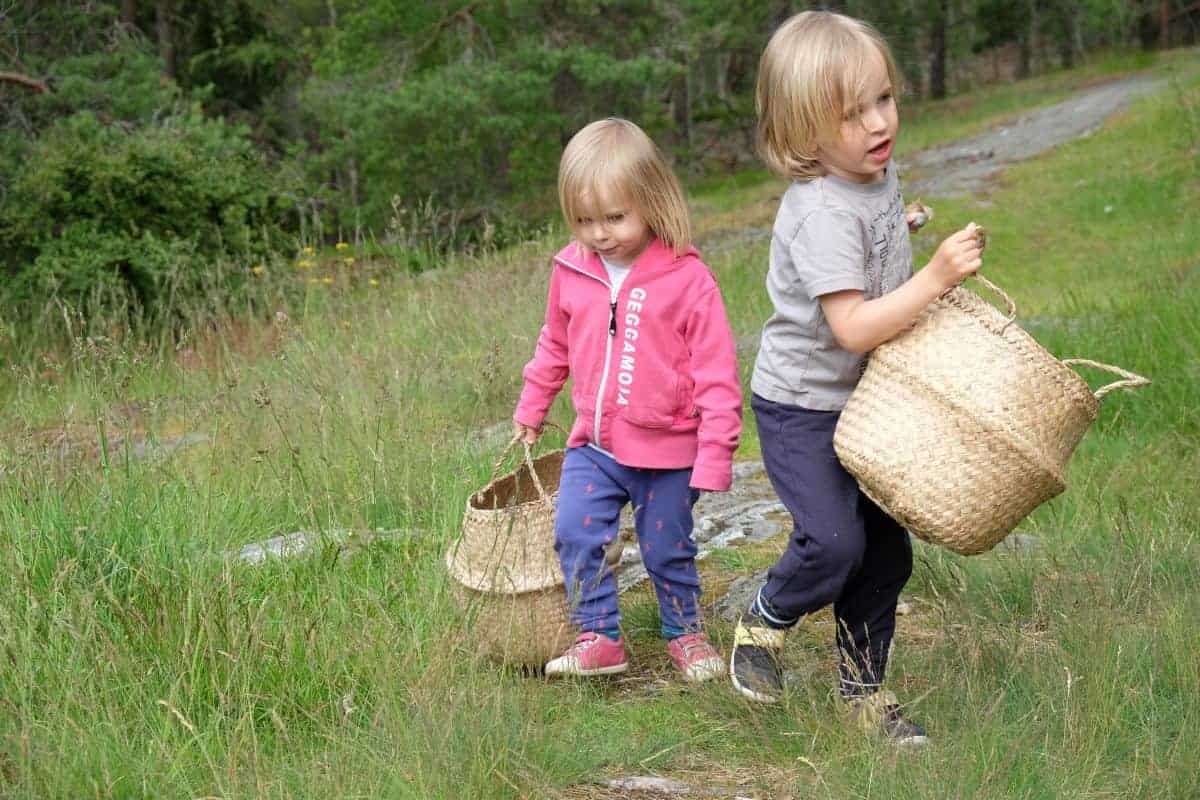
Collecting natural materials
There are so many items you can use to create mandalas. We love going on adventures to find natural materials to use in our art. Feel free to use whatever natural items are available to you, in your local area, such as:
- sticks
- rocks/pebbles
- shells
- sand
- flowers
- leaves
- driftwood
- pine cones
- seedpods
- sea glass
- clovers
- moss
- berries
- feathers
- pine needles
- acorns
We like to give the kids a basket so they can collect whatever they are looking for and bring it back to the site of their mandala. Handing each child their own basket is a great way to encourage their independence and allow them to become directly engaged with the environment without feeling the need to constantly rely on us to facilitate.
Giving the mandala shape
The easiest way to start this activity is with the outer circle, the main shape of the mandala. There are two ways to do this:
- You can help your children find circles that already exist in nature, whether it be the surface of a rock that looks circular or a tree stump that has a circular surface.
- You can ask your children to collect their items (leaves, sticks, rocks, pine cones, shells, or whatever is in your nearby environment) and help them create the first circle from one of those natural materials.
Once the initial outline of the circle is in place they can continue to fill up the space as they desire. Regardless of how old your children are, creating art from the natural raw materials found outside is an amazing way to help establish a healthy and reciprocal relationship between nature and child.
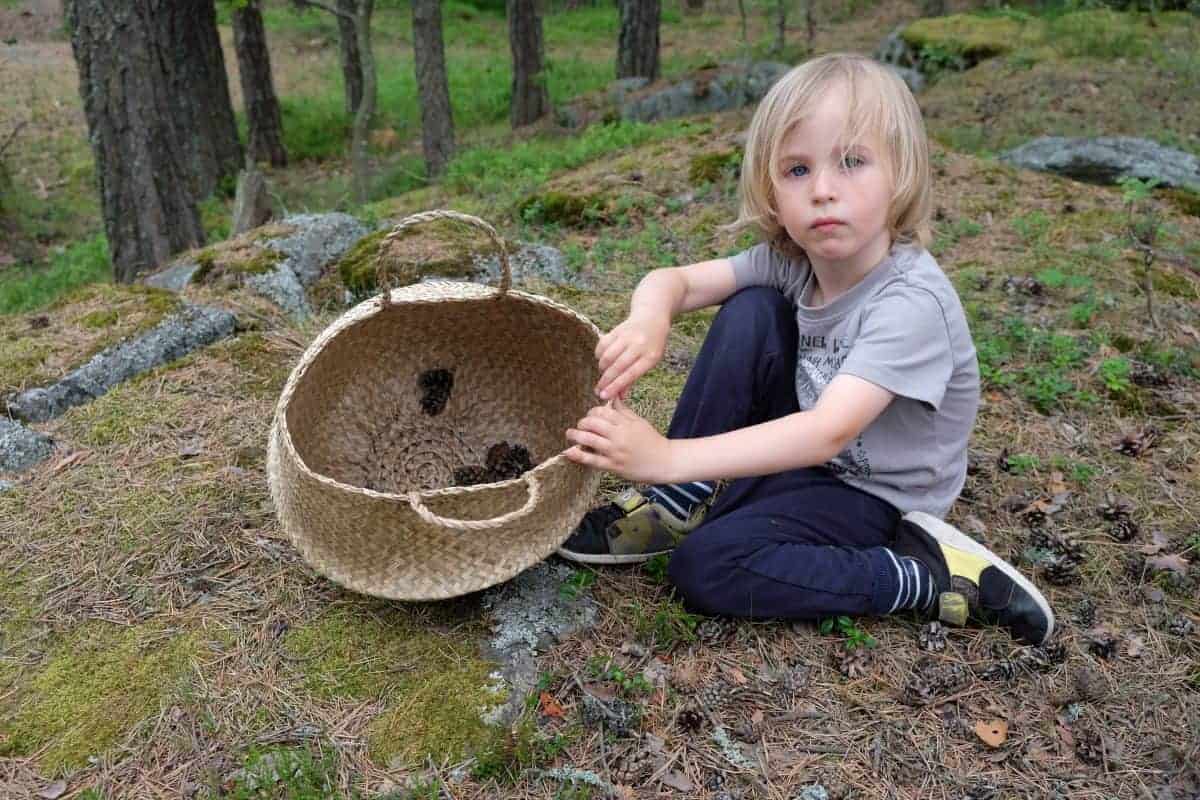
Encourages teamwork
The kids often work as a team and learn to cooperate by searching for whatever they want to include in their mandala together. On today’s excursion, they decide to go for a series of circles within the bigger circle and are independent in choosing the type of material they want to use for each. At this point I take a backseat and really enjoy watching them make decisions and figure things out for themselves.
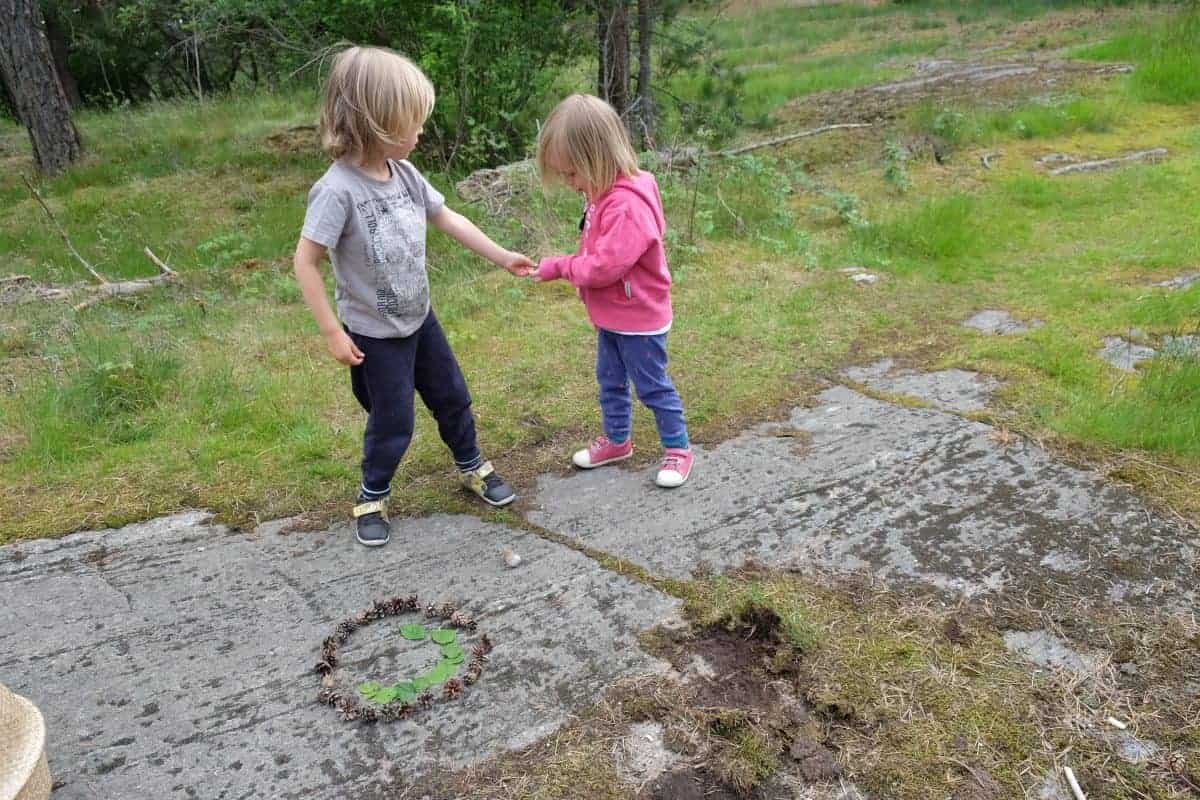
With small children I periodically check in to see if they are happy to improvise or would prefer more guidance from me. With bigger children I step back and play more of a passive role as they create their own art piece.
There is often an element of time to consider when making mandalas in nature. Unless you are in a place that has absolutely no wind (virtually unheard of here in Sweden), the kids will need to take the elements such as space, time and weather into consideration and be relatively focused as they work if they want to see their mandala take shape.

Non-attachment
Whether you head out and try this activity in a still setting or windy one, the mandala isn’t going to be going home with you once you’ve finished. That to me is a big part of what makes this activity so unique and why it is one of my absolute favorite things to do with the kids.
All people, young and old are attached to things. It is part of life and something we see children dealing with developmentally early on. Out in nature they know that they are entering a different type of environment than the one they have at home and when they ask what happens to their mandala once they leave it’s a great opportunity to have a really interesting discussion with them. With smaller children the conversation will be quite short of course but still, they get to see that there is value in the process of creating even if there is nothing tangible to show for it in the end.
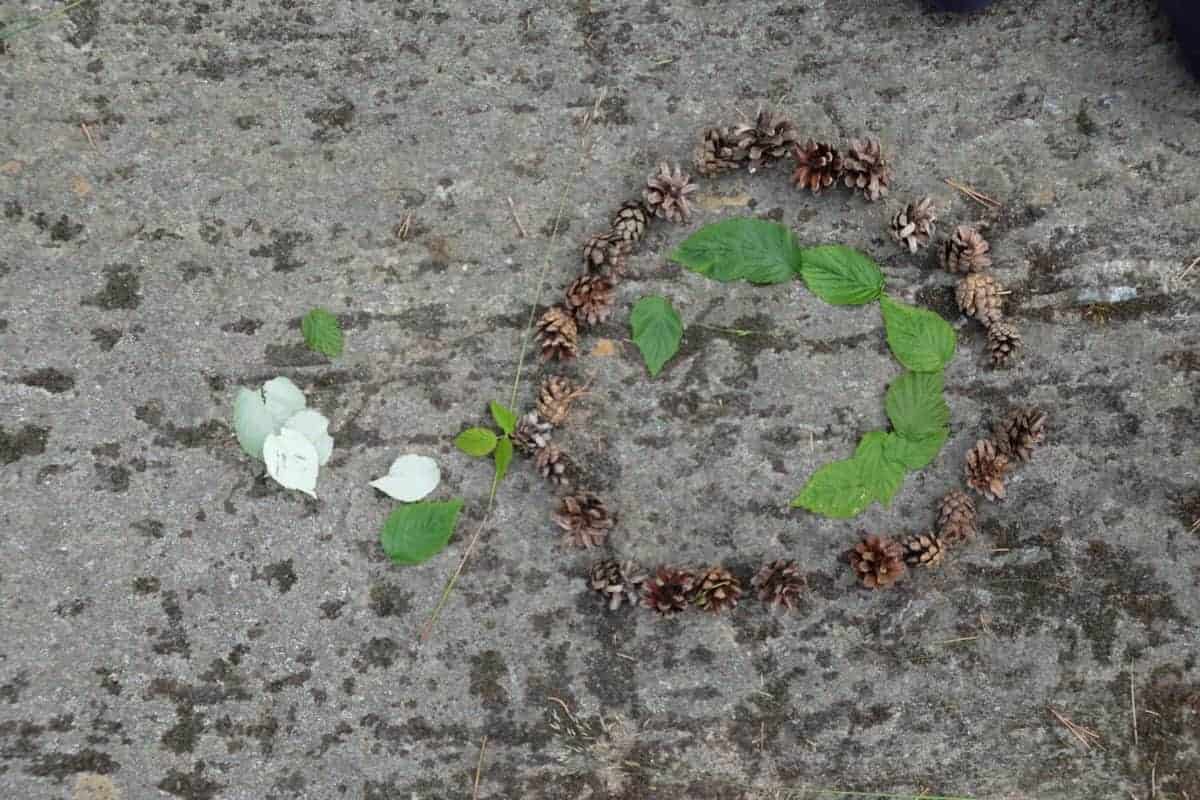
Make a memory
I have taken pictures here in order to share this beautiful, fun and engaging activity with you all. If my children ask me to, I take pictures of their art work for them to print out and keep at home. However, the more mandalas they make, the less preoccupied they are with having a memento to keep and the more they are able to be in the moment and enjoy the process for what it is. This is the true gift of making mandalas in nature. Together as a family we enter the wilderness, share quality time together and become completely engaged in the moment. Who could ask for more?
 Doria is a mother of three, currently living in Sweden and writer at Heart Led Adventures. This fall, she and her husband Toby will be putting their home up for sale and setting out on an adventure to discover what happens when they follow their hearts and leave comfort behind. From the magical to the chaotic and everything in between, they will strive to be as real as possible, showing what it takes to go for your heart’s desire with three little ones in tow. Their goal is to step into the unknown, live a life that is aligned with their core values and enjoy every moment with their wonderful, silly, energetic, sometimes challenging and always awesome three kids.
Doria is a mother of three, currently living in Sweden and writer at Heart Led Adventures. This fall, she and her husband Toby will be putting their home up for sale and setting out on an adventure to discover what happens when they follow their hearts and leave comfort behind. From the magical to the chaotic and everything in between, they will strive to be as real as possible, showing what it takes to go for your heart’s desire with three little ones in tow. Their goal is to step into the unknown, live a life that is aligned with their core values and enjoy every moment with their wonderful, silly, energetic, sometimes challenging and always awesome three kids.
Have you ever made nature mandalas with your kids?
Comments
7 responses to “Making Mandalas in Nature with Kids”
Awesome blog post. I also agree with your post. Nature is really very much important for the children. So, very much helpful post. Keep continuing on writing such a valuable post.
Beautiful! I also like making Nature Mandalas with my kids. I used the term mandala to mean a drawing with radial symmetry. How do you reach into those deeper meanings of a mandala, particularly with kids this age?
[…] Collage and mandalas […]
[…] Make a mandala out of leaves, sticks and pebbles […]
[…] hard to stick to any hard and fast rules. Creativity wins the day. We’ve got a great post on making nature mandalas with kids if you want to read more about this fun […]
[…] too hard to stick to any hard and fast rules. Creativity wins the day. We’ve got a great post on making nature mandalas with kids if you want to read more about this fun […]
[…] For more information, check out our full post on Making Nature Mandalas with Kids. […]

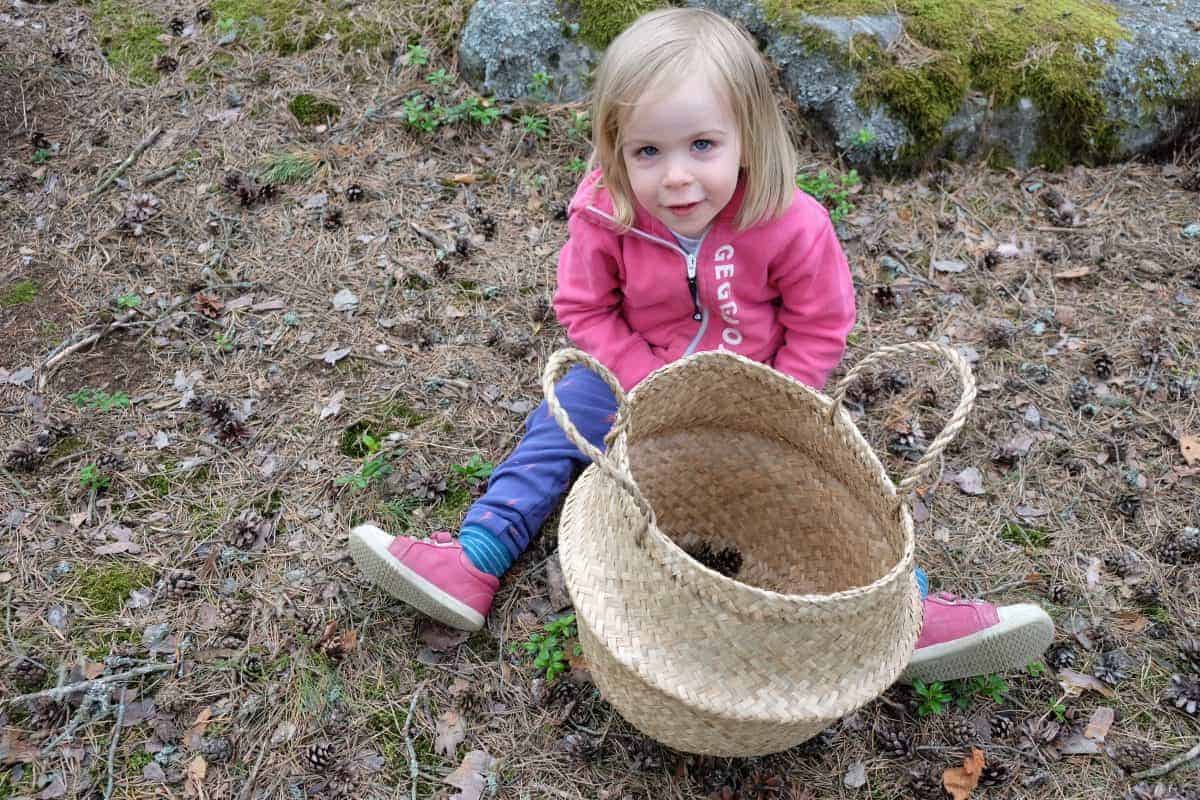
Leave a Reply